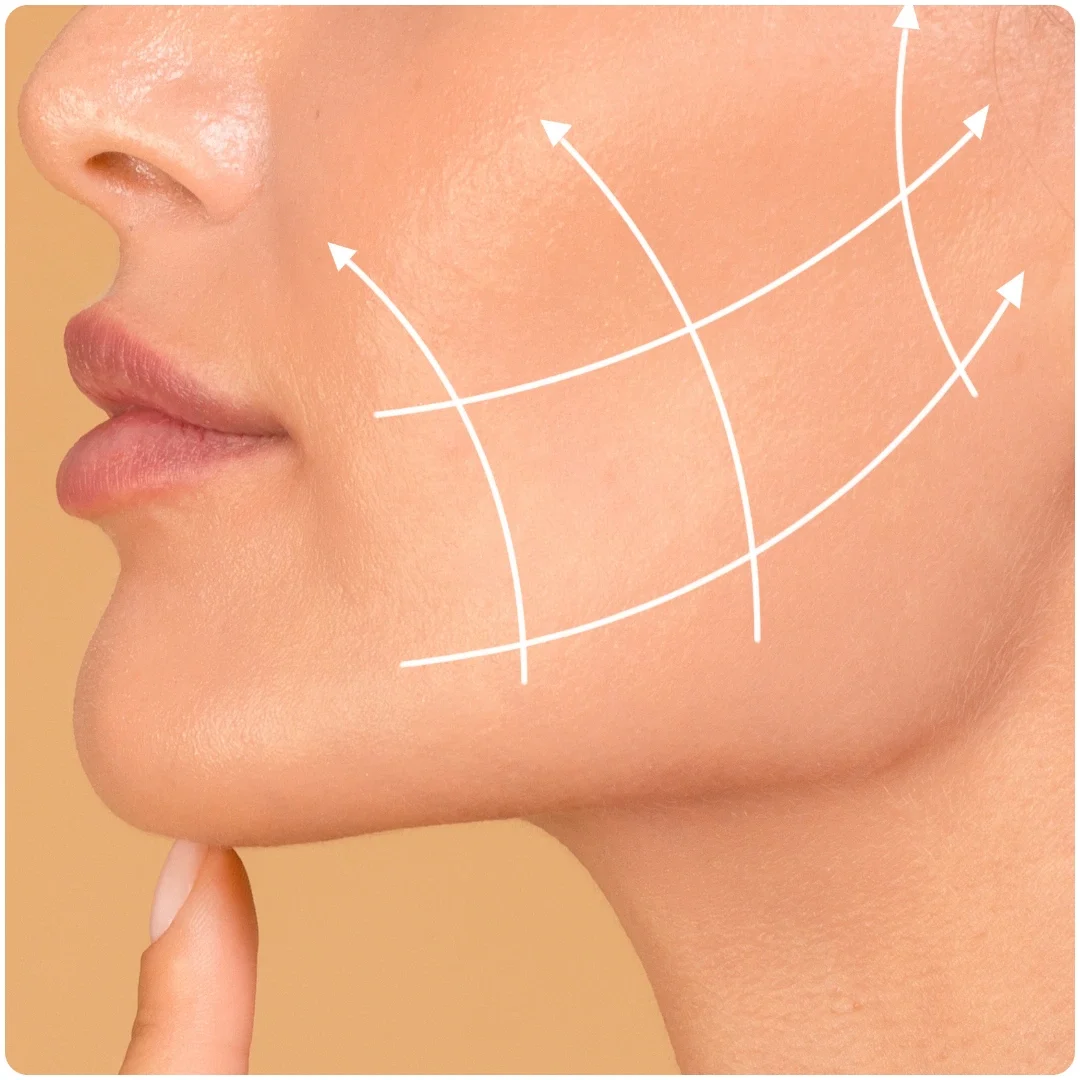Mini Facelift
What Is Mini Facelift?
Mini facelift surgery is the most common type of facelift surgery performed today. It is a go to option for addressing issues like wrinkles and sagging skin on the lower third of the face using small incisions placed around the ears.
It helps to restore definition to the chin by removing excess tissue and artfully tightening remaining tissue. A skilled facial plastic surgeon can customize a mini facelift procedure to give you a refreshed appearance that accentuates your natural youthful appearance and boosts your confidence.
This procedure is popular as it can address some of the most prominent signs of aging. There are many benefits to this procedure like minimal scarring which are easily concealed within your natural facial contours and hairline.
A mini facelift results in less swelling, bruising, and tenderness as compared to a more extensive facelift surgery. It is less time-consuming and, in many cases, can be completed in a few hours.
Also, this is possible since mini facelift can be done using local anesthesia, allowing the patient to remain conscious throughout the procedure without feeling pain. One of the most important factors to keep in mind before opting for this procedure is setting realistic goals for yourself.
A good doctor will advise you on the extent of lift and the probable results, but it is vital that you understand the limitations if there are to the procedure before beginning the process.

Restore function and confidence with Cleft Lip & Palate Surgery at Musk Clinic!
Why Choose Musk Clinic?
FAQs
The answer to this question varies based on the individual. Fortunately, Doctor takes a personalized approach to facelift surgery, and he performs an extensive evaluation to determine if a patient is a good candidate for surgery.
If a patient qualifies for a facelift, Doctor teaches him or her about the procedure and ensures this individual feels confident about treatment. Or, if Doctor determines facelift surgery won’t necessarily help a patient accomplish his or her facial rejuvenation goals, he offers alternative treatments.
A doctor allocates significant time and resources to ensure a patient is fully prepared for a facelift. First, he conducts patient consultation. Currently, Doctor analyzes a patient’s facial features and learns about this individual’s medical history and treatment goals.
Additionally, a facelift consultation with a doctor provides a patient with an opportunity to ask questions and receive in-depth treatment insights. Following a consultation, a patient can use the information provided by Doctor to determine if a facelift is the best treatment option based on his or her individual needs.
No, but the ultimate result depends heavily on the skill and experience of your plastic surgeon.
In the early days of facial plastic surgery, the standard technique used was to pull the skin back, trim off the excess and then close the incisions. Modern plastic surgery techniques have advanced tremendously.
Today we are using sophisticated methods of lifting and tightening underlying muscle and restoring lost volume for a more natural looking outcome.
For the right candidate, facelift surgery is now also very commonly combined with a neck lift. One of the most common reasons for a neck lift is to tighten the loose fold of skin under the chin. This skin is called the “turkey wattle”. Addressing this restores the underlying muscle structures.
People considering a facelift should be very particular about whom they choose to perform the procedure. An unsatisfactory facelift is hard to hide. Doctor is an internationally recognized specialist in facial and reconstructive surgery. His goal is to provide each patient with customized results.
For patients who work in sedentary jobs, two weeks should be enough time to look presentable at work.
Some patients have some visible swelling and residual bruising at the end of two weeks. This is usually not noticeable by others but if you feel sensitive, a three-week window would be better.
If your job is very strenuous, you may need more time to ensure healing is well underway.
Every patient heals at a different rate and younger patients generally heal faster than older patients. Patients go through stages of healing.
The first stage lasts about 10 days. During this time swelling will increase up to the fourth day and then begin to disappear.
From 10 days to 14 days, most patients find that the swelling and bruising have decreased to the point that social and work activities can be resumed.
From 3 weeks to 6 months, healing continues until the results are fully achieved. In most patients, 90% of the result will be visible after 3 months.
The total time a facelift takes varies from patient to patient, dependent upon the exact procedures needed to give the patient their desired results. On average, facelift surgery takes 3 to 4 hours.
For a simple cheek/temple lift, also called a mid-face lift, the time would be approximately 2 hours.
For a facelift, neck lift and an eye lift, surgery could take 5 or 6 hours.
Yes. Doctor recommends a family member, friend or someone else drive a patient home after a facelift and stay with him or her for at least a few days following surgery.
Doctors can also recommend a local surgical aftercare facility, like Pearl Recovery Retreat, with skilled nurses to take care of you while you recover if you are from out of town or prefer a more luxurious recovery.
This could vary depending on the extent of the work being done. The options are local anesthesia with IV sedation or general anesthesia.
The doctor will discuss your anesthesia options with you during your pre-operative consultation.
As a note, he performs his procedures in a fully accredited surgical facility that has passed rigorous inspections, which meet or exceed those of a hospital. His surgical team includes a board-certified anesthesiologist, whom he performs multiple procedures with a week.
A “classic facelift” treats sagging and loose skin in the lower third of the face and the neck. A mid facelift treats the middle third of the face, the cheek-temple area. A neck lift addresses sagging in the jaw line and the neck separately from the upper face.
The doctor can more completely explain the different types of lifts during your consultation and determine which lift or lifts are best for your specific anti-aging needs.
There are some lifestyle issues that can accelerate aging such as smoking, unprotected exposure to sun and drug or alcohol abuse.
Patients in good health can expect a facelift to last a long time. However, keep in mind that your body does continue to age. So just as you aged before your facelift, you will continue to age after your facelift.
There are many non-surgical procedures that can be used to “touch-up” your facelift in the years following your surgery.
A facelift does not directly address the eye area but there is usually some residual improvement from the facelift.
To rejuvenate the eyes, blepharoplasty (an eyelid lift) is needed. An eyelid lift addresses sagging, excess fat deposits and loose skin in both the upper and lower eyelids. It is very common for patients to have a facelift and an eye lift at the same time.
For dark circles, the Doctor can also perform non-surgical fillers, such as Restylane®.
Anyone considering a facelift should be concerned about incision placement. It is hard to hide scars, especially for women who wear their hair shorter and male patients.
Doctor meticulously makes incisions where they will be well hidden and uses special techniques to close the incisions so that his patients heal with virtually unnoticeable scars when fully healed.
The incisions are placed in natural creases beginning just in front of the ear and continuing around the back of the ear. Placement of facelift incisions is as much of an art as it is science. Doctor can answer your questions about incision placement during your consultations.
A facelift creates a sensation of fullness and pulling for the first 7 to 10 days, which is very well managed by pain medication.
As the swelling diminishes, so does the discomfort. Using cold packs on the face will greatly help with swelling. Usually after the first few days, patients can easily switch to non-narcotic pain medication.
When you wake up, you will have bandages around your head and two small tubes for drainage placed by your ears. There will be a bandage around your chin to minimize swelling.
The drains are necessary to ensure there is no fluid building up under your skin. You will feel tired due to the anesthetic but otherwise you should not be in much pain.
Facelift surgery is done on an outpatient basis and once you are fully awake and are feeling up to it, you can be driven home to rest.
You will need to have someone with you for the first 24 hours to ensure you have someone to help you should you need assistance, which medically speaking is rare.
You will be given full written instructions on caring for your incisions, how to empty the drains, how to sleep, when you can bathe and suggestions on eating during your pre-op appointment.
Although a facelift helps an individual revitalize the facial appearance and reduce or eliminate visible signs of aging in the face, it does not stop the natural aging process. Since each person ages differently, the amount of time that facelift results remain visible varies based on the patient.
Doctor helps a patient establish realistic treatment goals prior to a facelift procedure. He strives to help each facelift patient reap the benefits of a balanced, natural-looking facial appearance.
To accomplish this goal, Doctor works with a facelift patient to ensure he or she can enjoy a youthful facial appearance for an extended period of time.
The first step in considering a facelift, or any cosmetic procedure, is to make an appointment for a consultation with a doctor.
During the consultation he will listen carefully to your goals for the surgery, examine your face and talk and provide you with his recommendations on how to achieve your goals.
He believes the process of deciding to have elective cosmetic surgery takes time and prefers his patients to be educated on the entire process, from pre-surgical consultation to full recovery.
As he is very highly sought-after by patients from around the world, it is recommended you schedule a consultation as soon as possible, particularly if you have a time goal in mind such as being ready for a wedding.










